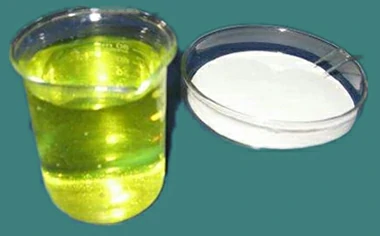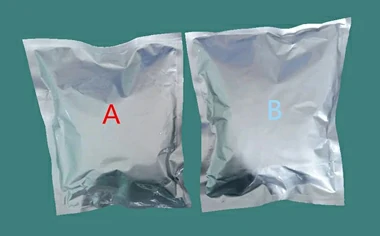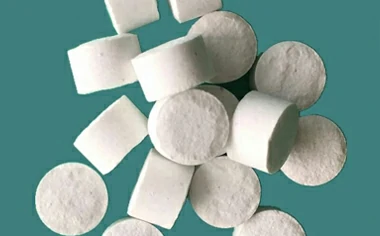Sodium chlorite and chlorine dioxide are related chemicals. They are both often used for their disinfecting and bleaching properties, but they are not the same. Think of sodium chlorite as a precursor or a raw material to generate chlorine dioxide, while chlorine dioxide is the active disinfecting or bleaching agent. They have different properties and applications:
Sodium Chlorite:
Sodium chlorite is a white powder that dissolves in water to form a solution. It is a solid, inorganic salt, and relatively stable in its dry form.
Sodium chlorite is not typically used as a disinfectant or bleaching agent in its raw form. It is primarily used to generate chlorine dioxide. It is also directly used in some very low concentration uses in oral hygiene products,and some industrial processes.
Chlorine Dioxide:
Chlorine dioxide is a greenish-yellow gas that is soluble in water. It is unstable in its gaseous form and is typically generated on-site. Solutions are more stable but still degrade over time.
Chlorine dioxide is a powerful disinfectant, bleaching agent, and oxidizer. It is commonly used in water treatment, bleaching, food processing, medical applications, and odor control. Chlorine dioxide can be used to kill a wide variety of microorganisms, including bacteria, viruses, and fungi, and does not form chlorinated by-products like chlorinated drinking water systems do. It requires careful handling due to its reactivity and potential to form explosive mixtures in high concentrations.

Key Differences
Chemical Nature: Sodium chlorite is a stable salt, whereas chlorine dioxide is a volatile and reactive gas.
Generation: Chlorine dioxide is often generated from sodium chlorite; thus, sodium chlorite can be seen as a precursor.
Application: Sodium chlorite requires activation (usually by acidification) to be effective as a disinfectant, whereas chlorine dioxide is immediately active but needs to be generated under controlled conditions due to its reactive and explosive potential in higher concentrations.
Differences between NaClO2 and ClO2:
| Characteristic | Sodium Chlorite | Chlorine Dioxide |
| Formula | NaClO2 | ClO2 |
| Appearance | White powder | Greenish-yellow gas |
| Solubility in water | Soluble | Soluble |
| Primary Use | To generate ClO2 | Disinfection, bleaching, oxidation |
| Stability | Relatively stable (dry) | Unstable (gas) |
| Handling | Requires care | Requires careful control and generation |
Safety and Environmental Impact
Toxicity: Both chemicals need to be handled with care. Chlorine dioxide is especially hazardous in gas form but is safer in dilute aqueous solutions.
Environmental Concerns: Both are used because they are effective disinfectants and have fewer harmful by-products compared to chlorine, but they still need to be managed to prevent environmental impact.
In summary, while sodium chlorite and chlorine dioxide are related (with the former often used to generate the latter), they are used differently due to their distinct chemical properties and the different ways they react and break down. Welcome to contact us for the latest information and support on sodium chlorite, chlorine dioxide, and other products.



